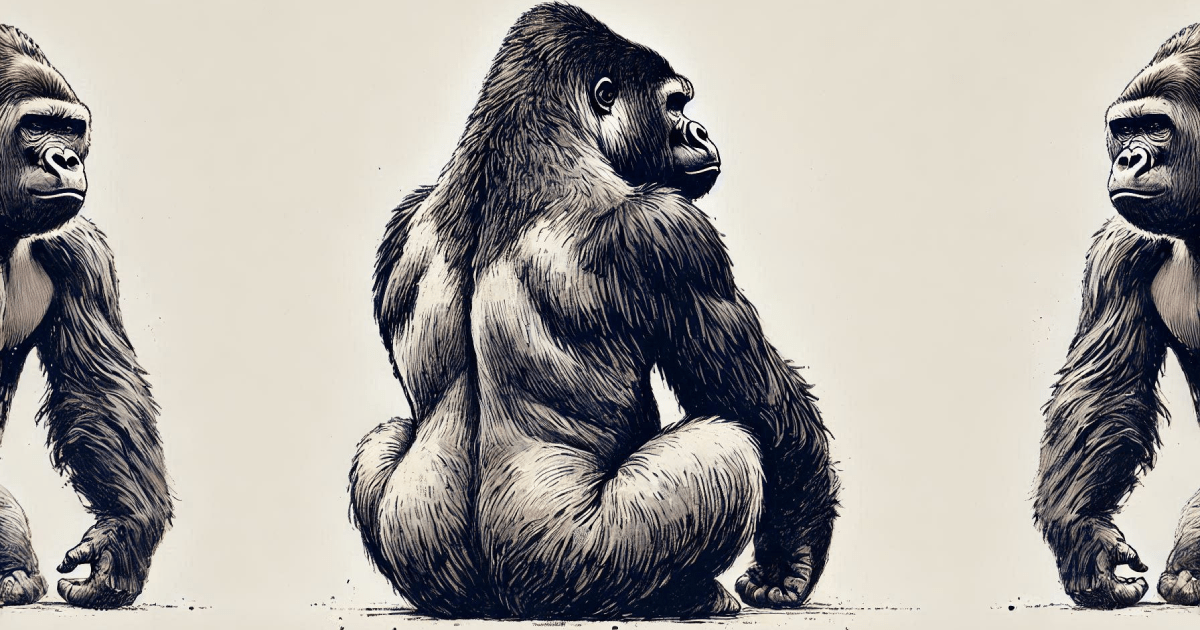
Curiosity, Engagement, and the Gorilla Paradox: Understanding Crowd Behaviour
I was at the zoo last weekend.
One gorilla enclosure had three viewpoints.
The first viewpoint on our way had a huge crowd. He sat there with his back to the people, yet many waited for him to turn around. But, he never turned.
A dozen steps forward, a second viewpoint from the side offered a better view but with fewer people. Here, people kept moving after they had a good look.
After another dozen steps, a third viewpoint offered a face-to-face look at the gentle beast. To my surprise, there were less than a handful of people there.
I spent a few minutes trying to understand this behaviour. I had two conflicting train of thoughts.
Curiosity vs Engagement
- The first viewpoint, though poor, had maximum engagement because the audience's curiosity peaked there.
- The second viewpoint, though average, somehow fulfilled the curiosity.
- The third one, despite the best view, had little engagement as there was no curiosity.
Time to fulfilment vs throughput
- The first viewpoint did not satisfy the audience. People waited for a glimpse, then waited some more, hoping to get a better look.
- The second viewpoint was better. People waited a few minutes, had a decent look, and then moved on.
- The last viewpoint was the best. A few seconds there, and people got what they came for. Thus, no one had to wait.
So, which train of thought, in your opinion, explains the crowd behaviour better? Is it curiosity or time to fulfilment?
Did you observe any similar patterns elsewhere?